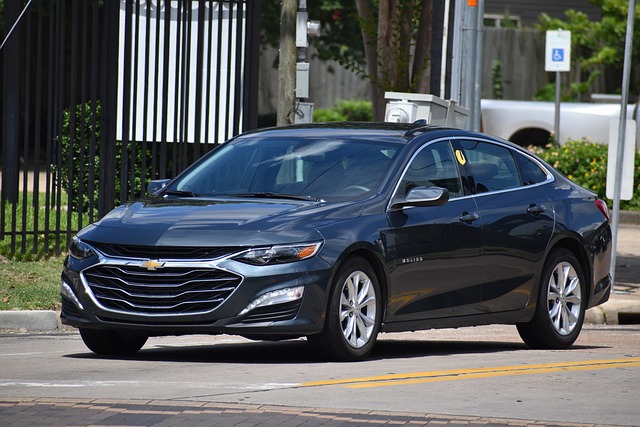Most lenders make loans on used vehicles by valuing them with retail values from JD Power Used Vehicle Guide. If a vehicle is totaled, the primary carrier would (presumably) consider a similar valuation guide to determine value for a total loss settlement. As we too often see, however, this isn’t necessarily the case. In fact, the means of valuing the vehicle can be significantly different and create quite an issue for your borrowers. Here’s one member story as a poignant example.

A member’s 2014 Chevrolet Malibu shows the latitude primary insurers often take in providing reduced total loss settlements. While the JD Power Retail Value at time of loss was $13,950, the primary settlement was a mere $8,700. How? The difference was due to the insurer using a Private Party sale valuation. They then categorized the vehicle condition as Good instead of Excellent or even Very Good. These adjustments combined turned a deficiency of $2,000 into a GAP of over $7,000.
GAP helps cover not only the obvious GAP from deficiency between loan value and vehicle retail value but also the hidden GAP caused by questionable primary settlements.
